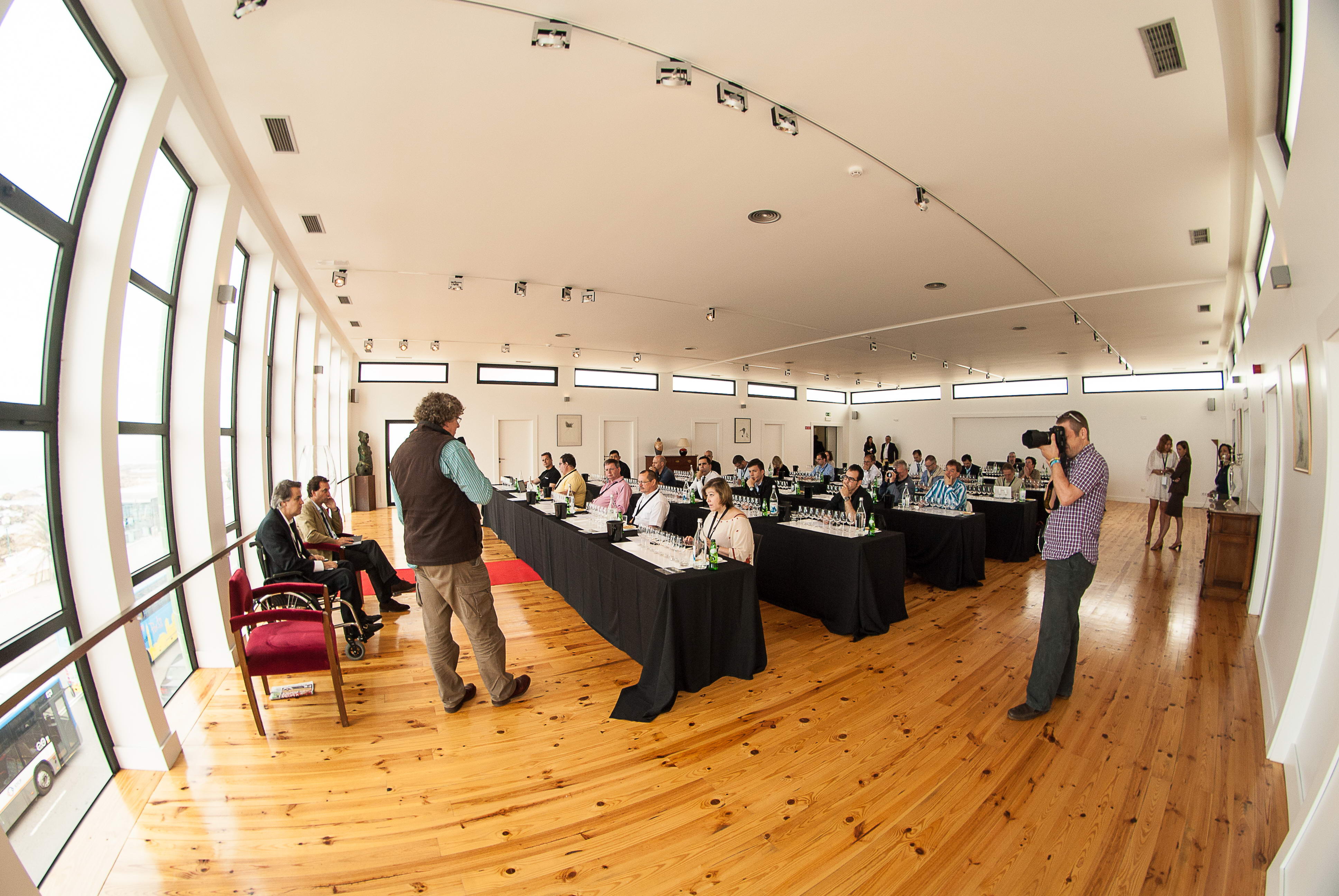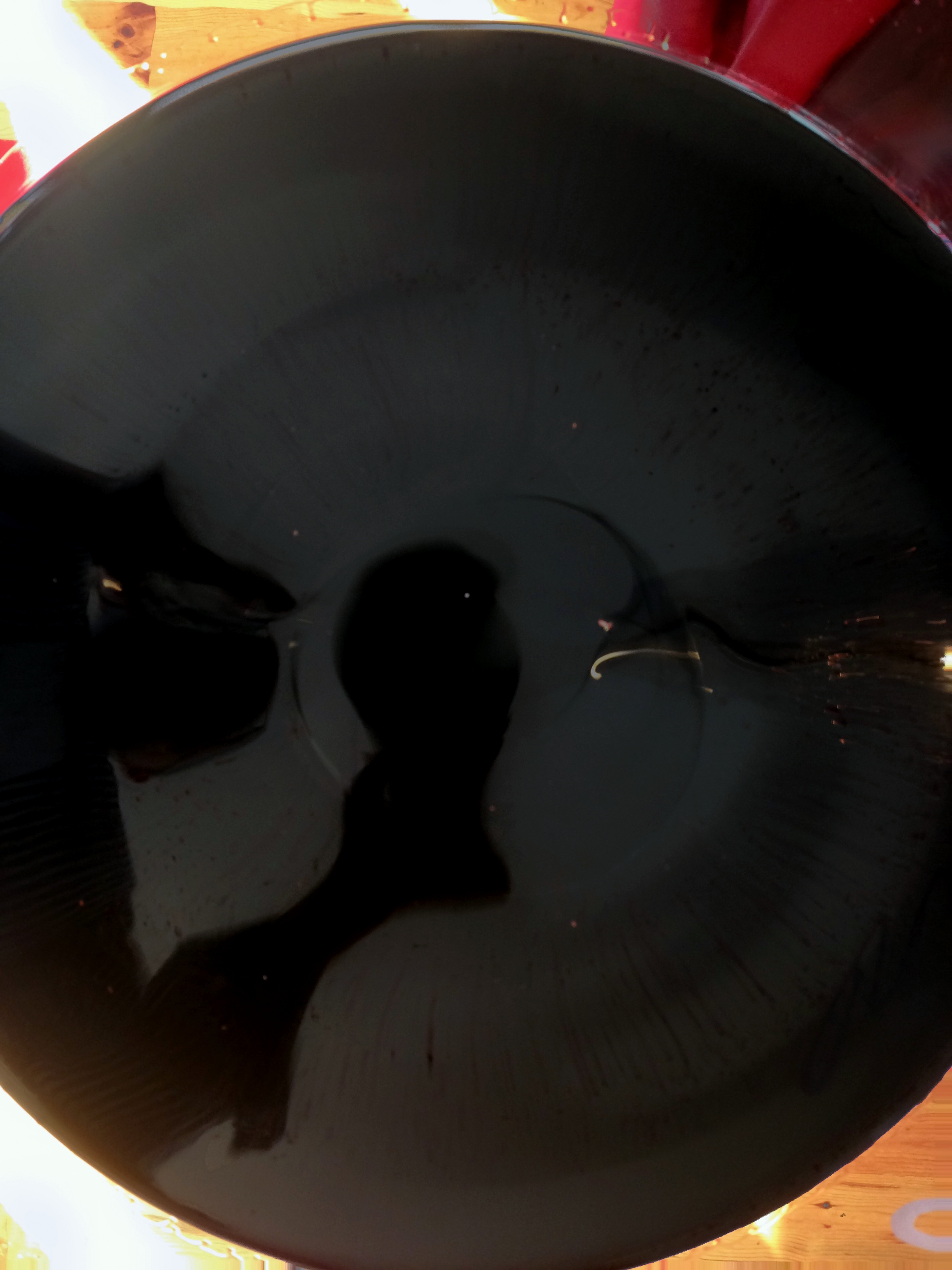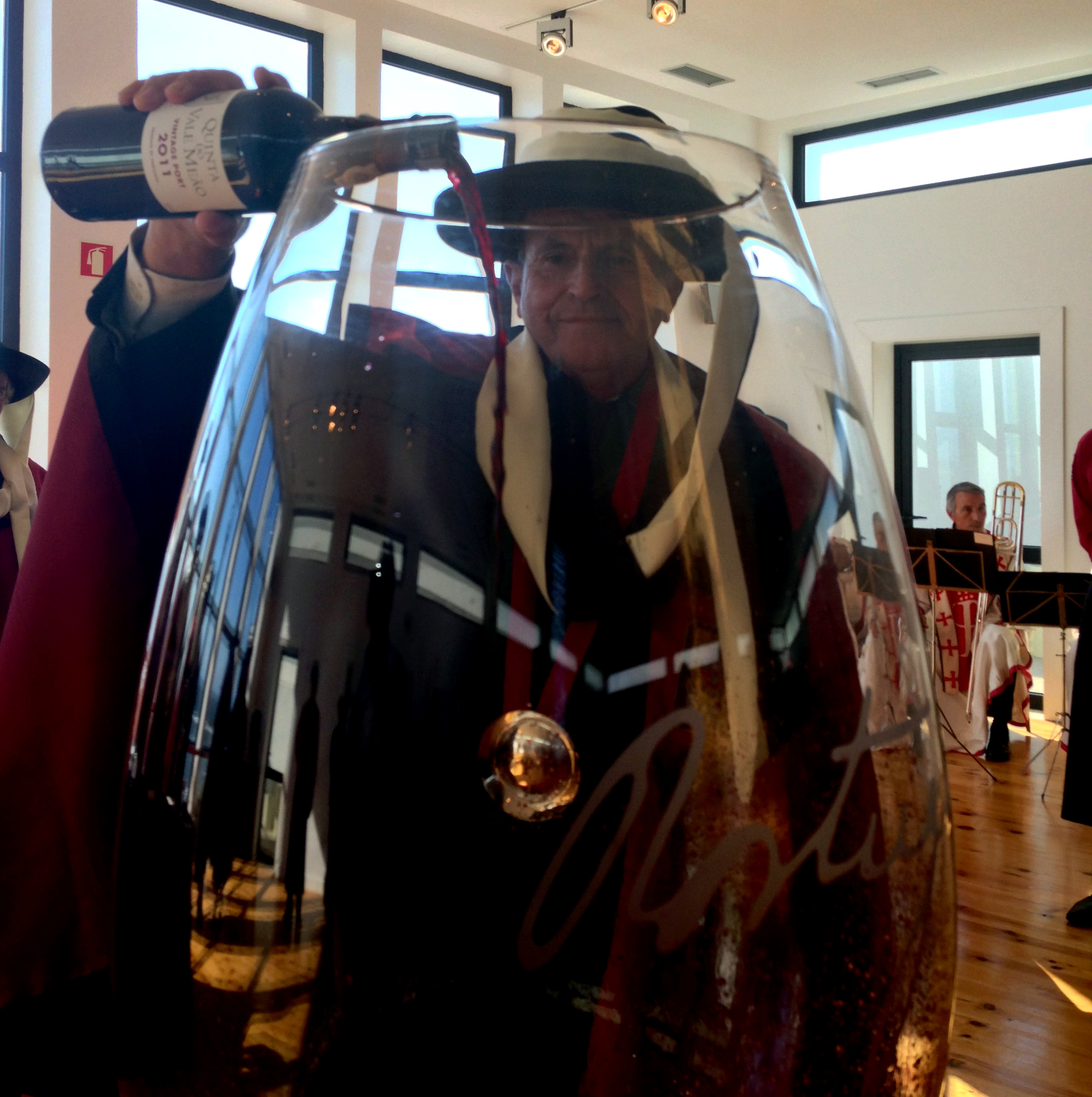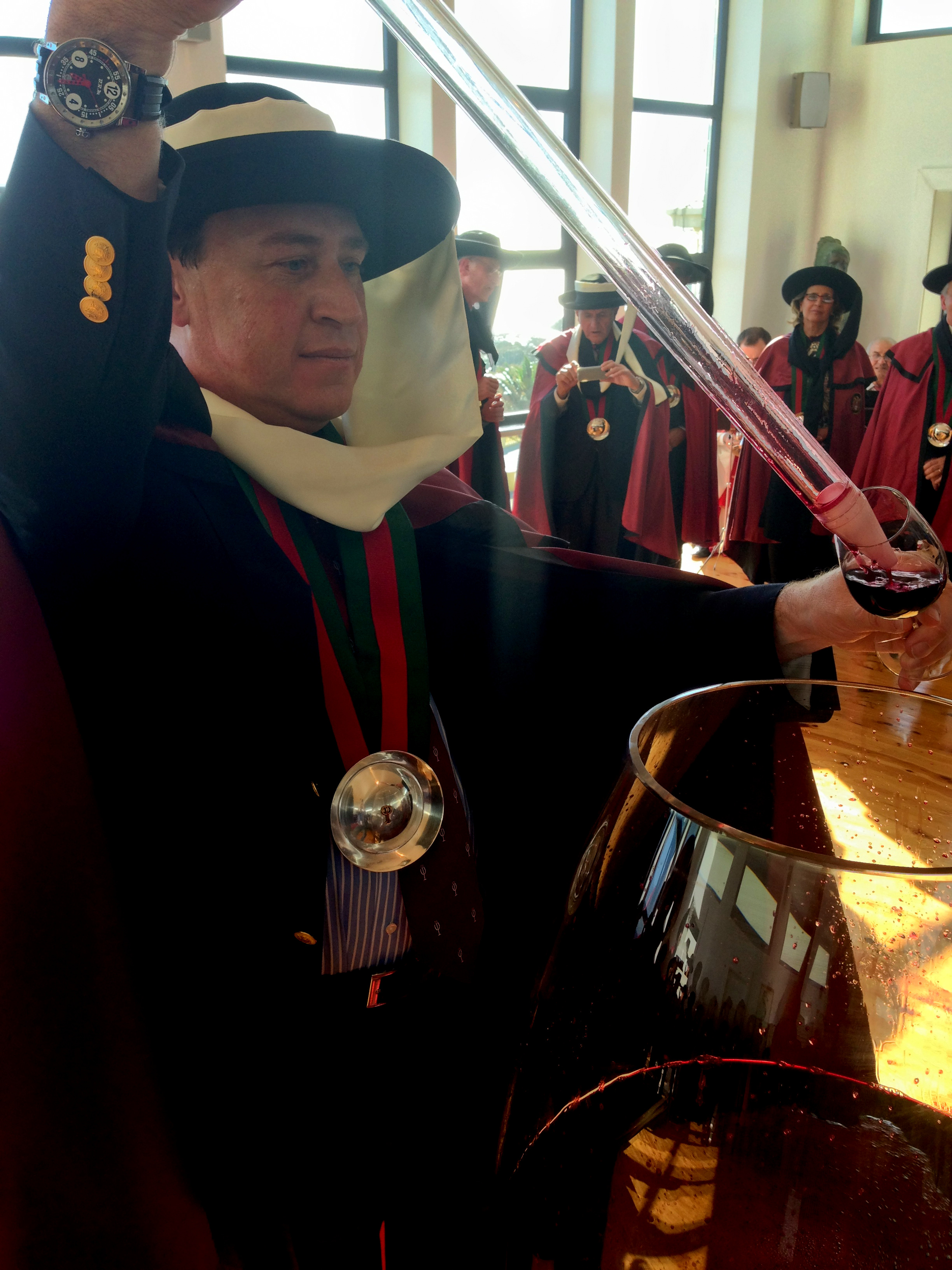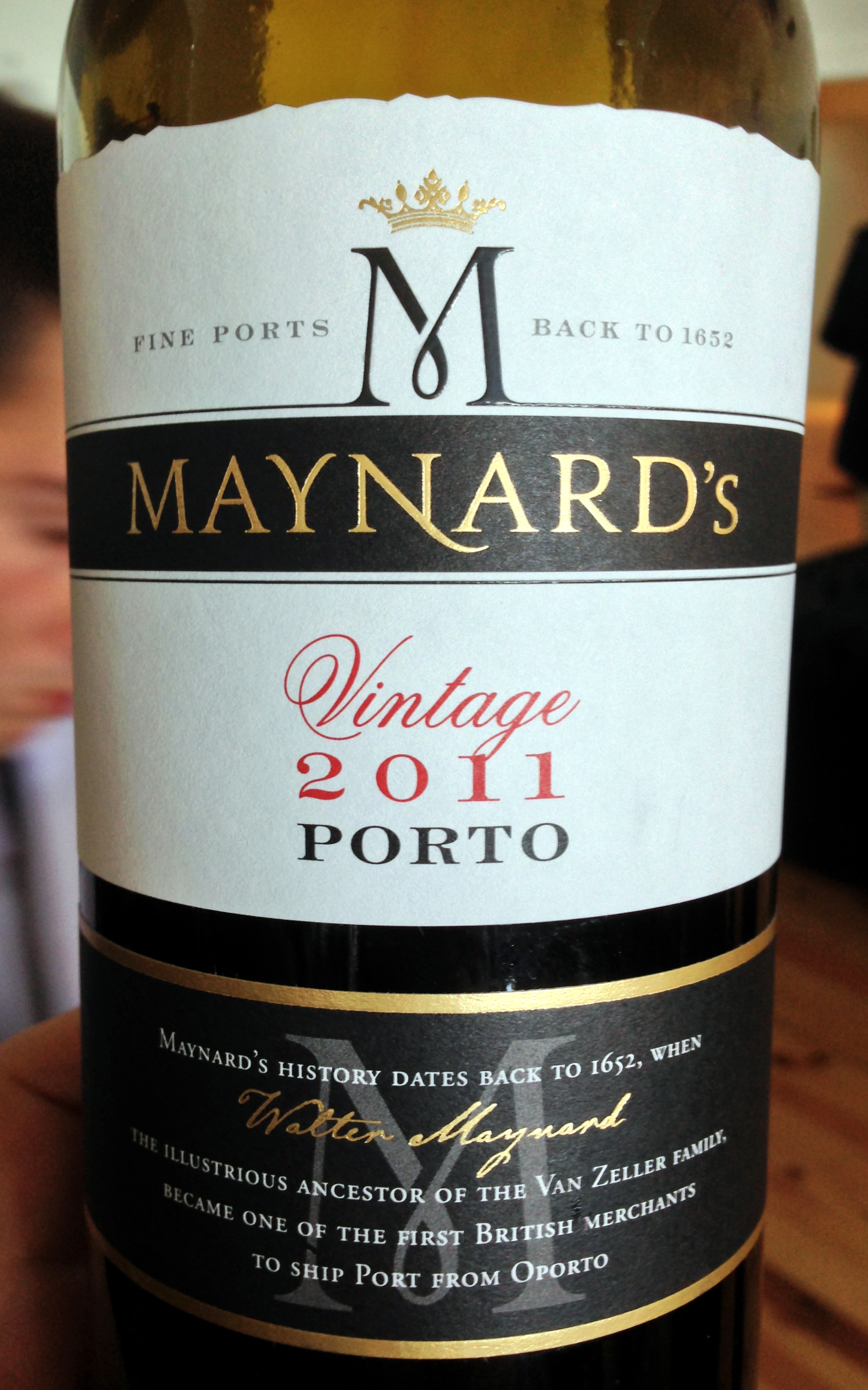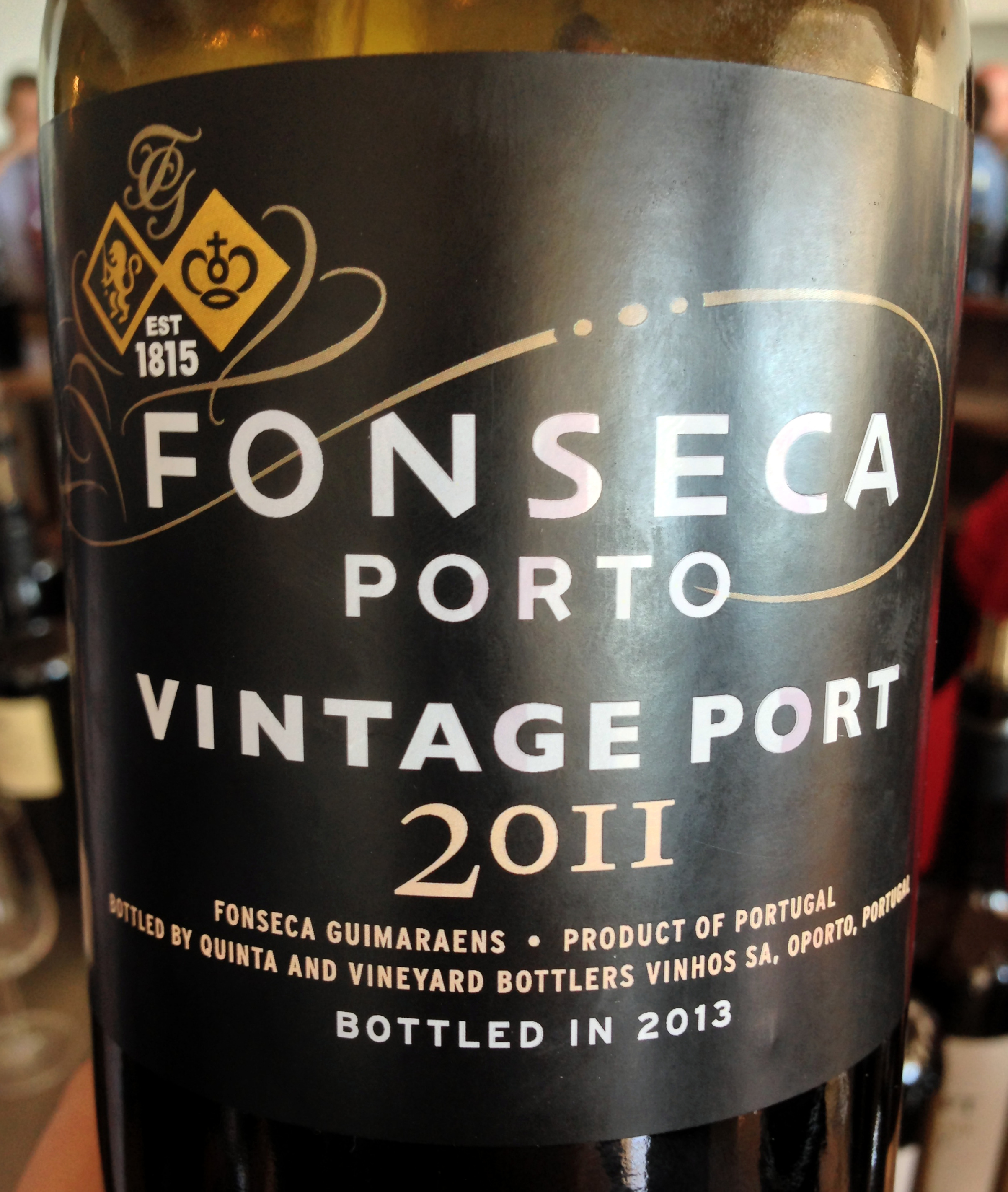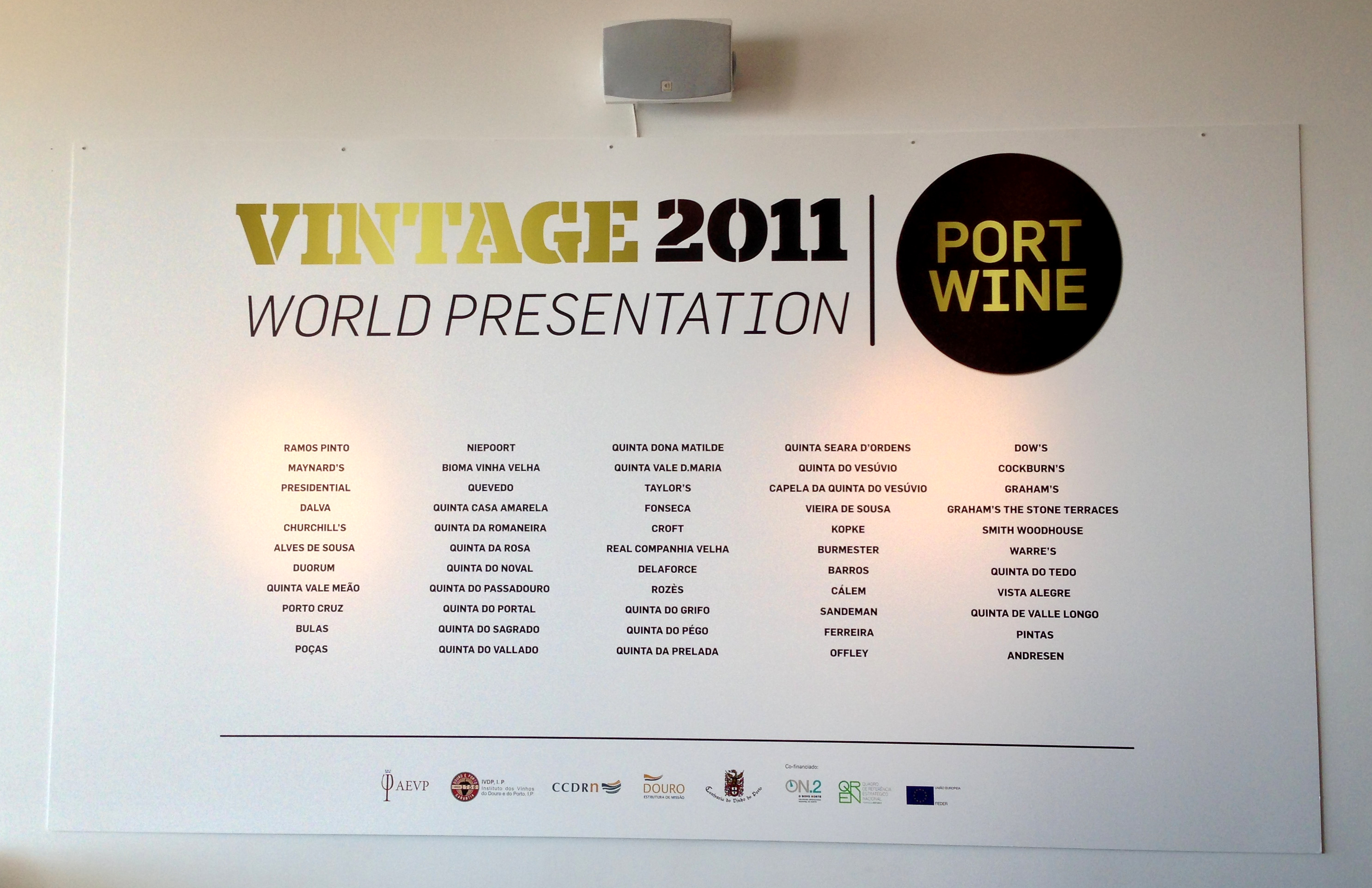2011 Vintage Port presentation
Posted on 25 June 2013
I’m just back from Oporto where I attended the 2011 Vintage Port declaration. Everybody seems to agree 2011 is one of the best vintages in living memory. Comparisons to historical successes such as 1963 and 1970 were flowing and star winemaker Dirk Niepoort summed up the excitement saying 2011 “is likely the best vintage ever”.
“Vintages of the Century” are more frequent nowadays, and Bordeaux has already had three in a decade: 2005, 2009 and 2010. Port, however, is different. The local wine trade is disciplined on the extreme and follows a strict agenda of “declaring” Vintage Port only in truly outstanding years. 1994, 1997, 2000 and 2003 were declared by the majority of producers; some very good wines were made in others years but few would argue in favour of 1996 or 2001 as a full declaration. Since 2003, the situation has been a little odd: 2005 was probably worthy of a declaration but skipped by most shippers because it came too close to 2003. Then came 2007, a very good but perhaps not great year with lighter, more elegant wines, which was declared by most producers including the potent Symington Family Estates (controlling 10 historical brands from Graham’s to Cockburn’s and over 30% of the fine port market) and the Fladgate group. So when 2009 arrived with some brilliant wines, it was again largely ignored because traditional port houses don’t like declaring a vintage within two years of another.
That’s overly conservative, because there is not doubt more excellent wines are made than before, due to improvements in viticulture and winemaking. Consolidation in the port trade means shippers increasingly vinify their own grapes (the Symington 2011 Vintage wines are 100% from proprietor grapes, for the first time in history) hence a stricter control over grape quality. Investment in the cellars means there is now the technology, including robotic lagares for grape extraction, for making even better wine out of good grapes.
2011, however, proved to be the perfect growing season with a wet winter rebuilding water reserves, a moderately hot summer with two rainy days on 23rd August and 1st September alleviating heat and hydric stress and allowing for a prolonged after-season ripening of the grapes. Harvest went on under blue skies and it was clear from the onset a great vintage was in the making.
There was a pleasant theatrical ceremony in Oporto where the Port Wine Brotherhood celebrated the declaration notably by pouring all the declared wines into a giant glass and making an al fresco pan-regional blend (sitting in the front row I luckily got to taste a glass; it was quite a pleasant wine). But the important part came the morning before where journos blind tasted 56 Vintage Ports from nearly all producers (the few enigmatic absentees included Roriz, Osborne, S. Eufémia and S. Leonardo; Martinez, Gould Campbell and a few other brands were not declared). Later I got to retaste nearly all the wines non-blind chatting with producers.
What emerged is that 2011 is clearly an outstanding vintage and the three or four uninteresting wines came across as the anomaly rather than the norm. The vast majority are bursting with succulent ripe black fruits and are a joy to drink today, if you feel so inclined. (I prefer my port well-aged but can perfectly understand those who drink a Vintage on release, as few wines in the world show such intense, sensual fruitiness). But importantly, the 2011s all have a solid backbone of ripe, mellow, unaggressive, balanced tannins that bodes well for their ageing in bottle. In the endless quest for comparing one port vintage to another, 2011 comes very close in character to 2003, which in its youth showed similarly attractive fruit, but 2011 has better quality, softer tannins and seems more consistently excellent across a large number of producers (many of whom didn’t even operate back in 2003). 2011 is certainly more attractive today than 2000 or 1994 were on release, but everything indicates it will age as well.
So here is a summary of my favourite 2011 Vintage Ports out of 60 tasted:
The Top 7
Barão de Vilar Maynard’s Vintage Port: my favourite wine of the vintage. A shocking success by winemaker Álvaro van Zeller, given I’ve never tasted an exciting port from this producer. Made in a conservative style with a surprising whiff of oxidative evolution, this has great density and intense sweetness. A stunning wine.
Dow’s: takes a while to open in the glass but is worth the wait. Layers of fruit backed by big structure. Outperforms Graham’s in 2011, IMHO.
Graham’s The Stone Terraces: This is a special bottling from two old vineyards lying immediately next to the Malvedos house. A modern style with plenty of fruit but has depth and backbone.
Quevedo: I was very happy to discover one of my favourite young producers’s among my top blind-tasted ports. An assertively structured wines with more tannins and vinosity than most, it also tasted drier but has fantastic depth.
Quinta do Passadouro: Another success by winemaker Jorge Borges. Massive concentration wrapped around a core of dry-tasting, bitter-cherry, vinous core.
Quinta do Tedo: The freak of the tasting, with aromatic hyperintensity and an explosive fructose-driven palate. On the verge of artificial, but I actually found captivating and daring.
Quinta do Vale Meão: this fared very well in my blind tasting and then reconfirmed its class when tasted sighted. More subdued in aroma than most and has a distinctive bitterness in the taste, elegant and understated but near-perfect balance.
The Surprises
This category includes wines I’ve never greatly loved in the past, and who generally aren’t known for great vintage port. In 2011, testifying to the vintage’s historic quality, they produced extremely good second-tier wines: Andresen (another brilliant success by winemaker Álvaro van Zeller), Duorum (excellent dry wines but never had such a good port from them), Ferreira, Offley (given the producer’s record, a shockingly good wine), Quinta do Infantado, Quinta do Portal (exaggeratedly sweet but lovely quality of fruit), Quinta do Sagrado, Real Companhia Velha Quinta das Carvalhas, Rozès, and Sandeman (would have made for my top flight but the retasting was underwhelming).
The Solid Performances
These are 90+-point wines I would be happy to buy (at reasonable prices). They did not shine in a comparative context but have enough qualities to bode very well indeed for the future. Generally most Symington ports fall into this category, including Graham’s, Cockburn’s and Smith Woodhouse. Other very good wines include Churchill’s, Pintas, Quinta de la Rosa, Quinta do Crasto, Quinta do Noval (it is stylish and distinctive but I felt for the money, lacks that extra touch) and Quinta do Vallado, as well as two wines by Niepoort: the regular Vintage Port and the old-vine Bioma, which on my second sighted tasting was quite impressive with a far better note than on the blind tasting.
The Good Not Great Wines
This group includes wines which I thought were perfectly OK but in a great vintage like 2011, perfectly OK is perhaps not enough. Time will tell if some improve: Quinta do Vale Dona Maria (usually a favourite of mine), Quinta da Romaneira (did expect more), Alves de Sousa, Poças, Quinta da Casa Amarela, Quinta da Seara d’Ordens, Quinta Dona Matilde, Ramos Pinto.
The Disappointments
There were several, starting with two major producers: Fladgate and Sogevinus. The former currently owns Taylor’s, Fonseca, Croft and Delaforce of which only Fonseca roughly cruised at the speed of the best, while Taylor’s was really underwhelming on two separate tastings. Croft has been made in a very sweet, sickly style, a far cry from the balanced, structured vinosity for which this house was historically famous.
Sogevinus controls Burmester, Cálem, Barros and Kopke, none of which are renowned for their vintage ports (they really are specialist in tawny ports, as this brilliant tasting testified) so it was less of a surprise that the former two brands didn’t shine at all; the best of the four appears to be Kopke, a reasonably structured, appealing wine.
Finally, I was less than thrilled by Warre’s, a Symington wine I usually like but which falls short even of the theoretically less prestigious Smith Woodhouse in this vintage (although Warre’s is a notorious late bloomer, so it might reemerge), and another perennial favourite that underwhelmed is Quinta do Vesúvio. in 1994 and 2003, two vintages similar to 2011, Vesúvio was one of the best ports, but this year it apparently isn’t. I wonder if the introduction of a special cuvée of 2500 bottles, Capela de Vesúvio, hasn’t influenced this apparent lack of form. On paper, such a tiny quantity shouldn’t matter but perhaps it’s no coincidence?
(All wines tasted twice, blind and sighted; tasting note is a compilation of both tastings. All wines freshly bottled unless indicated as barrel sample).
More port articles from this trip coming soon, including vertical tastings at Niepoort, Andresen and Krohn.
 Disclosure: my trip to Portugal including flights, accommodation and wine tasting programme was paid for by the Douro and Port Wine Institute.
Disclosure: my trip to Portugal including flights, accommodation and wine tasting programme was paid for by the Douro and Port Wine Institute.


